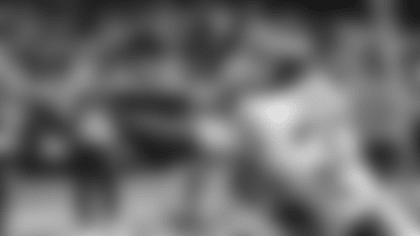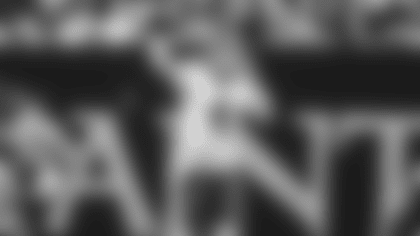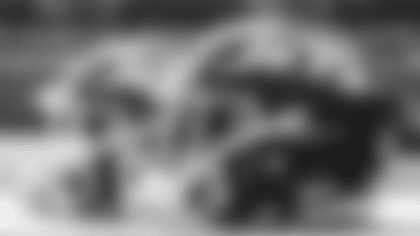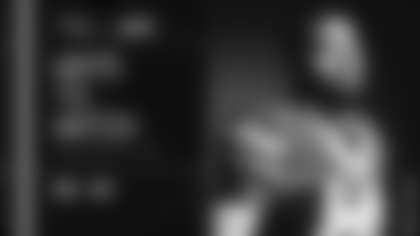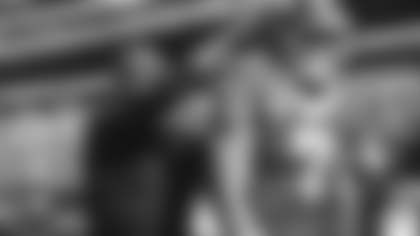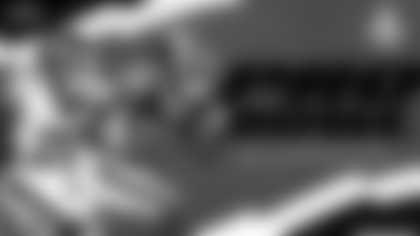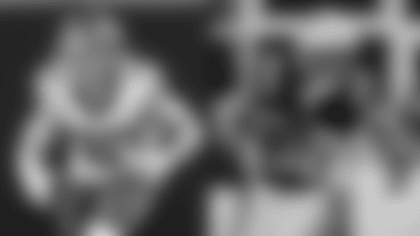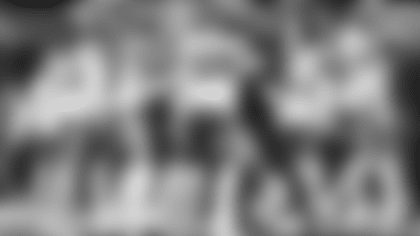In celebration of Titans Throwback Day on Sunday vs. the Eagles, this is the last of a five-part series on the beginning of the franchise we now know as the New York Jets:
FROM TITANS TO JETS
Harry Wismer simply ran out of money. On Nov. 8, 1962, with the owner unable to make payroll, the American Football League assumed the costs of running the New York Titans through the end of the season.
There were numerous talks regarding the future of the New York franchise, including discussions surrounding dissolving the team or moving it. But in the end, the New York market was too important a cornerstone to lose.
On March 28, 1963, a five-man syndicate — David A. "Sonny" Werblin (President), Donald C. Lillis (Chairman of the Board), Townsend B. Martin (Vice President), Leon Hess (Secretary) and Philip H. Iselin (Treasurer) — purchased the franchise for $1 million.
"We plan to give New York the football we know. We'll go first-class all the way. We still have the legal details to complete but by next week we will start work to obtain the best management and playing material. Our goal is to make this the best football team we know." — Sonny Werblin
On April 15, 1963, the new owners made announcements on a new nickname for the franchise — Jets — and a new general manager/head coach. Weeb Ewbank, as head coach of the NFL's Baltimore Colts, had defeated the New York Giants in the 1958 and 1959 NFL title games. On Ewbank's first Jets staff was future Jets head coach Walt Michaels (defensive line) and future NFL head coach Chuck Knox (offensive line).
Why the Jets?
Werblin, the club's new president and CEO, renamed the team the Jets. The reasons were twofold. At the time, the United States was entering the "Space Age" or "Jet Age." Commercial airlines were filling the air and soon there would be men walking on the moon. Also, the Jets' new venue, Shea Stadium, would be located in Flushing Meadows, between LaGuardia and Idlewild (later renamed Kennedy) airports.
Gothams, Borros and Dodgers were the other leading contenders. Dodgers was discarded because the baseball people were not in favor, Borros (a pun on boroughs) because there was fear the team would be called the jackasses. And Gothams was dismissed because someone said that it would be shortened to Goths — "and you know they weren't such nice people." — The New York Times, April 16, 1963
Why the change from navy blue and gold to green and white?
"New York is a green-conscious town, from the dividing stripe down Fifth Avenue to the verdant hills and dales of Westchester to the beautifully landscaped parks of Long Island," said Ted Deglin, a club spokesman. "Through the ages, green had always signified hope, freshness and high spirits." — The New York Times, April 16, 1963
The Titans' All-Stars
1960 All-AFL Team:G Bob Mischak
1961 AFL All-Star Game:QB AI Dorow, S Dick Felt, RB Bill Mathis (Team MVP), G Bob Mischak
1962 AFL All-Star Game:RB Dick Christy (Team MVP), LB Larry Grantham, G Bob Mischak
Twenty players played all 10 years of the AFL. Three were original New York Titans: LB Larry Grantham, RB Bill Mathis and WR Don Maynard



